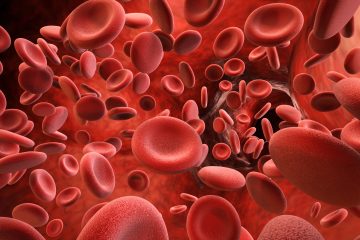Immune and Coagulation Dysregulation in Long COVID
Long COVID, characterized by persistent symptoms following a SARS-CoV-2 infection, affects approximately 10%-20% of individuals, presenting a significant challenge due to the lack of specific diagnostic and therapeutic tools. A recent study published in Science sheds light on the underlying mechanisms of long COVID, revealing dysregulation in the immune system’s complement pathway and the coagulation system six months post-infection. These findings not only offer potential diagnostic markers but also suggest new avenues for treatment.
Study Findings
The study compared blood samples from 113 individuals with confirmed SARS-CoV-2 infection to 39 healthy participants. At the six-month follow-up, 40 of the infected participants exhibited persistent long COVID symptoms. Analysis focused on over 6,500 proteins, identifying significant changes in those related to the complement and coagulation pathways in long COVID patients.
Complement System Dysregulation
The complement system, a crucial part of the innate immune defense, was found to be overly activated in long COVID patients. This system, which helps in pathogen elimination and damaged tissue removal, showed increased activation of the classical and alternative pathways, leading to heightened formation of the terminal complement complex. Such increased activity could contribute to tissue damage observed in long COVID.
Coagulation System Changes
Simultaneously, the study noted alterations in the coagulation system, particularly lower levels of antithrombin III, an enzyme that inhibits thrombin and thus prevents excessive clot formation. This deficiency was linked to increased thrombosis markers, indicating a state of thromboinflammation characterized by blood vessel lining damage, red blood cell destruction, and elevated tissue damage markers.
Predictive Value of Biomarkers
The study’s analysis revealed that specific changes in complement and coagulation biomarkers, along with patient factors like age and body mass index, could predict the persistence of long COVID symptoms at 6 and 12 months. This predictive capability underscores the potential of these biomarkers in developing diagnostic tools for long COVID.
Potential Therapeutic Implications
The dysregulation observed in both the complement and coagulation pathways suggests that targeting these systems could offer new therapeutic strategies for long COVID. The study also highlighted the role of latent virus reactivation, such as cytomegalovirus, in long COVID pathogenesis, suggesting that antiviral treatments targeting herpesviruses and SARS-CoV-2 might alleviate symptoms.
Conclusion
This study provides new information on the immune and coagulation dysregulation in long COVID, offering hope for the development of targeted diagnostics and therapies. By understanding the specific pathways involved in long COVID, researchers can better target interventions to mitigate the debilitating effects of this condition. Further research is needed to translate these findings into practical diagnostic and treatment options for long COVID patients.



